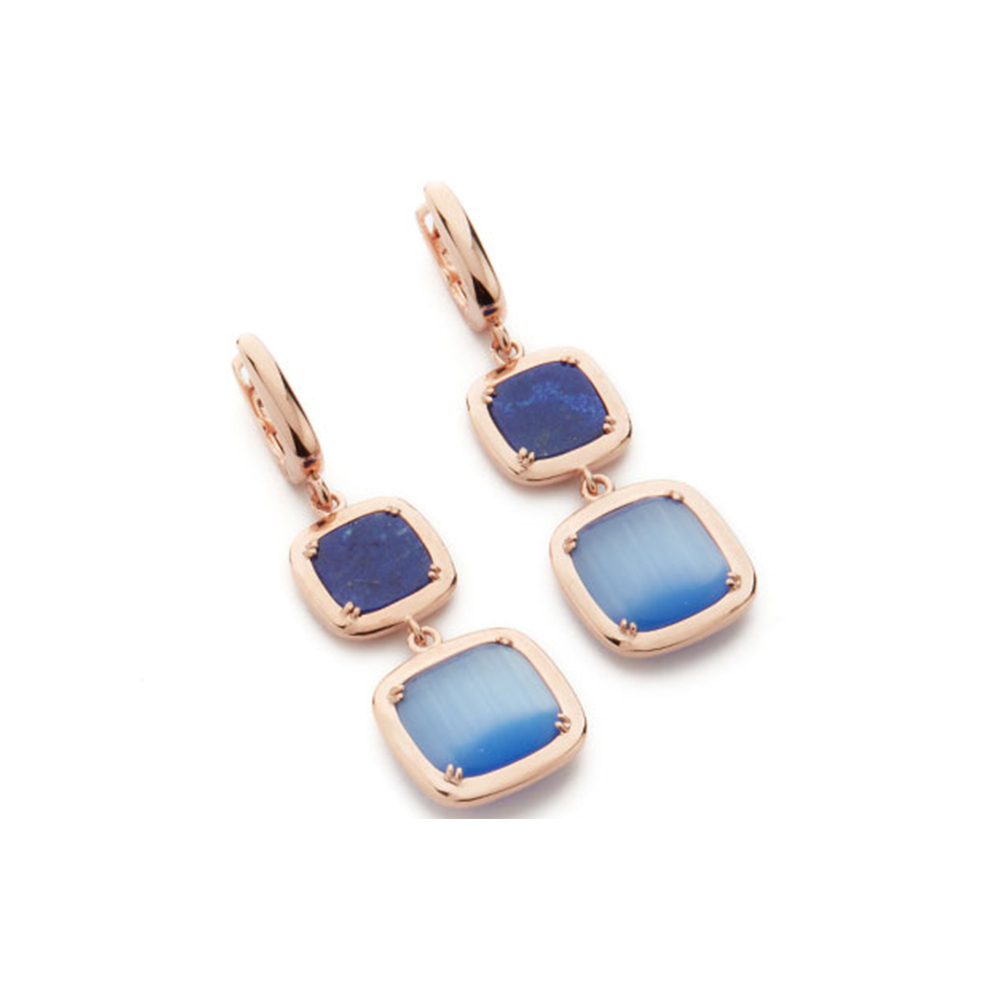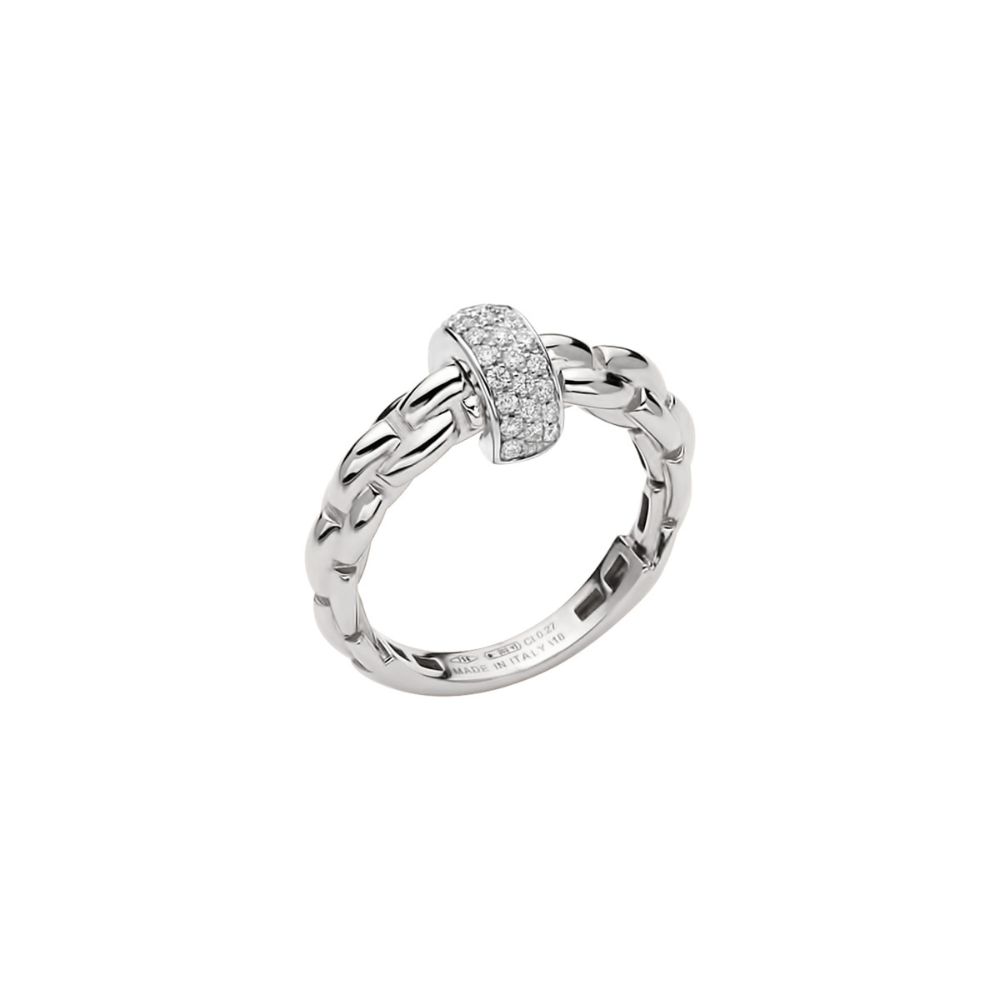Jewelry
Italian jewellery is a globally recognised excellence. Traditional craftsmanship and unique savoir-faire have made Italy a benchmark for the production of high-quality jewellery and impeccable design. Italian jewellery is distinguished by the use of fine materials, craftsmanship, attention to detail and the ability to create unique pieces that tell stories and emotions.
Italy has a long history in jewellery production, dating back to Roman antiquity. Over the centuries, the art of jewellery-making has evolved from the solid gold and precious stone works of Roman times, to the elaborate and decorative creations of the Renaissance, to the innovative and contemporary designs of today. Italian jewellery has always represented a status symbol of luxury and prestige, both for Italians and for the rest of the world.
One of the key factors that distinguishes Italian jewelry is the attention to the materials used. Italy is renowned for the quality of its precious metals, such as gold and silver, which are expertly crafted to create the highest quality jewelry. Italian artisans are skilled at combining precious metals with gemstones, diamonds, pearls and other materials, creating unique and fascinating jewelry. Careful selection of materials is essential to ensure the beauty and durability of Italian jewelry.
Craftsmanship is another distinctive feature of Italian jewelry. Italian artisans are renowned for their skills and knowledge passed down from generation to generation. Each piece of jewelry is handcrafted, with care and precision, using traditional and innovative techniques. The experience and passion of Italian artisans is reflected in the quality of the jewelry, the intricate workmanship, the impeccable details and the perfection of the final results.
-
Original price was: € 148,00.€ 133,20Current price is: € 133,20.
-
Original price was: € 168,00.€ 151,20Current price is: € 151,20.
-
€ 2.140,00
-
Original price was: € 2.140,00.€ 1.780,00Current price is: € 1.780,00.
-
€ 1.900,00
-
€ 1.900,00
-
€ 125,00€ 112,50
Design is a central element in Italian jewelry. Italy has been the birthplace of numerous artistic movements that have influenced the world of design, such as the Renaissance and Baroque. This artistic heritage is reflected in Italian jewelry, which is often characterized by elegant lines, refined shapes and exquisite details. Italian jewelers are known for their ability to create original, innovative and distinctive pieces, which stand out for their unique and timeless style.
Italian jewelry encompasses a wide range of styles, from classic to modern, from minimalist to luxurious. Each region in Italy has its own peculiarities and cultural influences that are reflected in the jewelry. For example, creations from Florence are renowned for their elegance and sophistication. The diversity of styles allows consumers to find jewelry that reflects their personal taste and individuality.
Italian jewelry is not limited to rings, necklaces or earrings, but includes a wide range of categories, such as bracelets and pendants. Each category is represented by pieces of high quality and exclusive design.
Italian jewelry is not just an object of beauty, but it carries with it a story and a meaning. Many Italian jewelers are passionate about creating jewelry with a soul, that conveys emotions and connections. Jewelry can tell stories of love, family, tradition or simply express the personality and style of the wearer. This is one of the aspects that makes Italian jewelry so special and appreciated all over the world.
Italian jewelry has gained a prominent position in the international luxury industry. Italian jewelry is appreciated for its quality, design, craftsmanship and prestige.
In conclusion, Italian jewelry represents a symbol of beauty, luxury, quality and craftsmanship. Italian jewelry is appreciated for its craftsmanship, innovative design, attention to detail and timeless style. Whether it is a ring, a necklace, a bracelet or a pair of earrings, Italian jewelry is a work of art that enhances the beauty and individuality of the wearer.









































